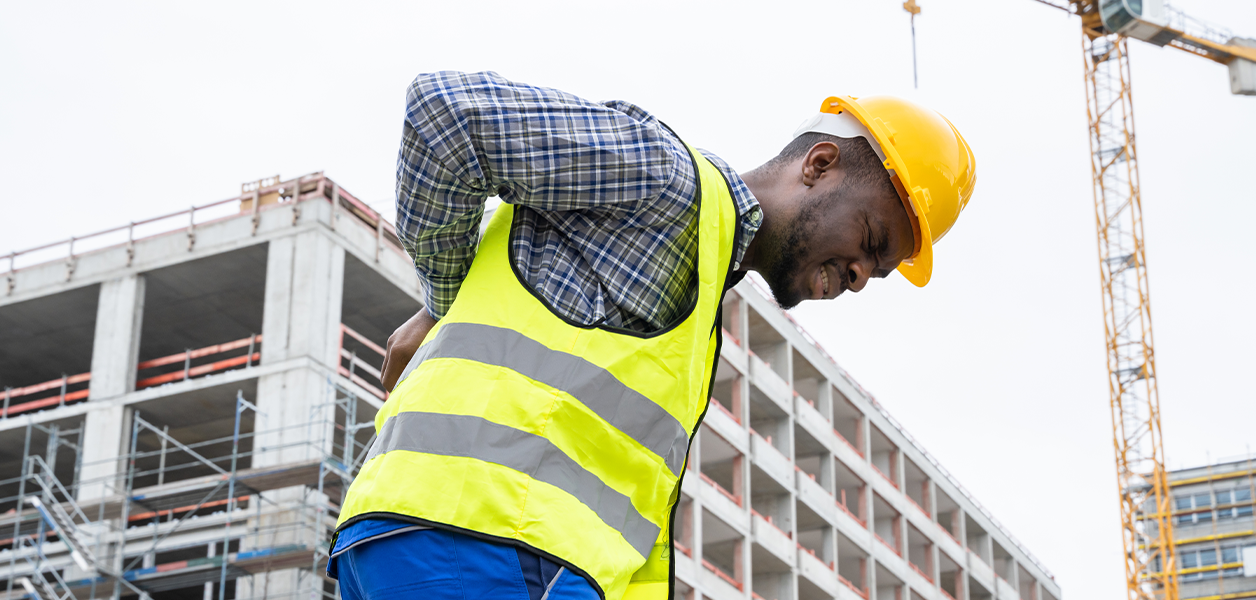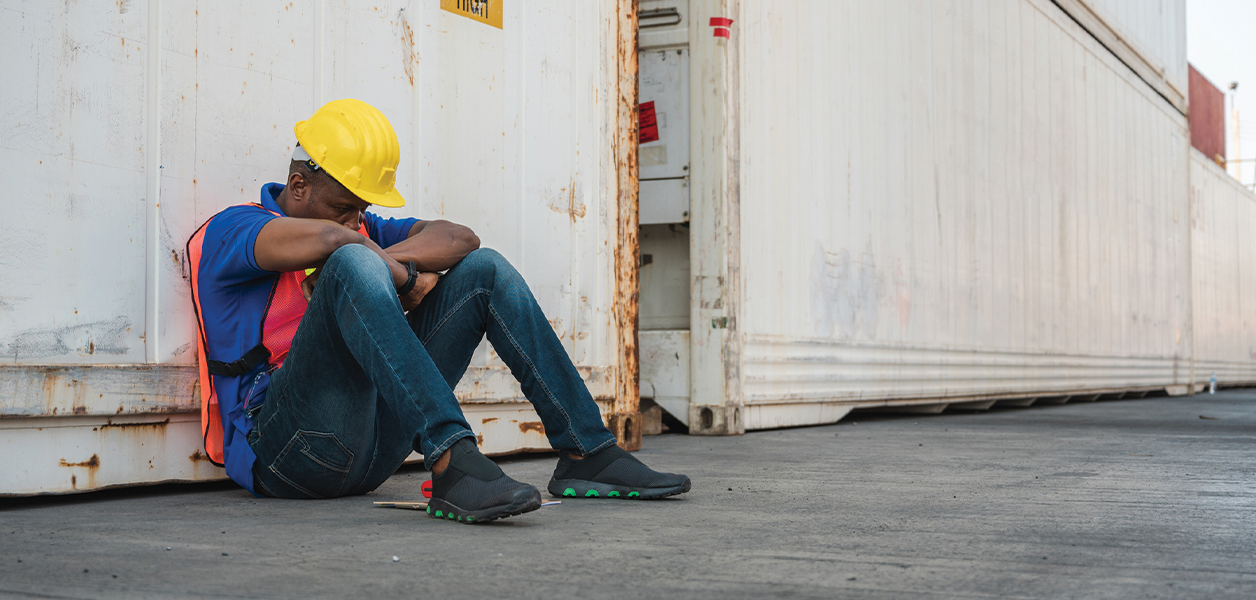Back injuries are common in the construction industry because of the physical demands of the work, such as heavy lifting. In 2022, the Bureau of Labor Statistics reported 164,700 nonfatal work injuries in the construction sector, with a significant portion related to back issues, according to Construction Executive.
Frequently lifting, lowering and moving heavy materials places significant stress on the body and back. About 1.7 billion people worldwide experience musculoskeletal disorders, and the Centers for Disease Control and Prevention reports overexertion from lifting and lowering materials is responsible for 30% of work-related MSDs. Additionally, strain from activities such as pushing, pulling, catching, carrying and holding materials is responsible for another 37% of work-related MSDs.
Early intervention regarding back issues is critical as minor issues can escalate into chronic conditions, which can severely affect a worker’s quality of life and career longevity and eventually could lead to more severe injuries that could require long-term medical care.
Construction Executive shares the following strategies to help prevent back injuries in construction.
- Implement proper lifting techniques. Workers should always bend their knees and keep their backs straight, lifting with their legs rather than their backs. It also is crucial to position the feet shoulder-width apart and avoid twisting while lifting; workers should turn their entire bodies with their feet to change directions.
- Incorporate self-care after work. After work shifts, workers can apply ice packs or heat wraps to sore muscles to reduce inflammation. Massages on the back and compression garments also can ease tension and promote circulation.
- Exercise and stretch. Exercising and stretching before work can help prepare the body for physical demands. Workers should do stretches targeting the back, shoulders and legs to improve flexibility, as well as exercises such as planks and bridges to strengthen the core and lower back.
- Take regular breaks. Taking short, frequent breaks to rest and stretch can help reduce muscle fatigue and strain. These breaks allow workers to adjust posture, recover from repetitive motions and maintain energy levels.
- Use protective gear. Workers can use back support belts and braces to maintain proper posture and provide additional support during heavy lifting. Knee pads reduce lower back strain, and nonslip footwear, helmets or gloves reduce the risk of other accidents.
Construction management can take steps to help prevent workers’ back injuries, including implementing comprehensive training regarding safe lifting and proper body mechanics; purchasing ergonomic equipment; assessing health and safety to find potential hazards; encouraging reporting of back pain or safety concerns; and implementing break schedules.
NRCA designs, develops and delivers safety training and health and management courses and publications to help you navigate workplace regulations and provision compliances. View NRCA’s health and safety resources.





